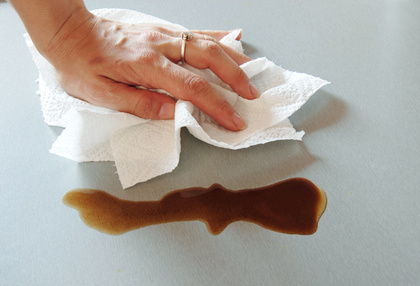This information guideline provides an explanation of the audit requirements for various food businesses, grading of audits. Table 5 lists key areas for various types of food businesses.
Table 6 provides guidance on various aspects of audit compliance.
if you operate a food business that is audited by the NSW Food Authority scheme this is well worth a review.
| 160316_guidance_on_audits.pdf |






 RSS Feed
RSS Feed
